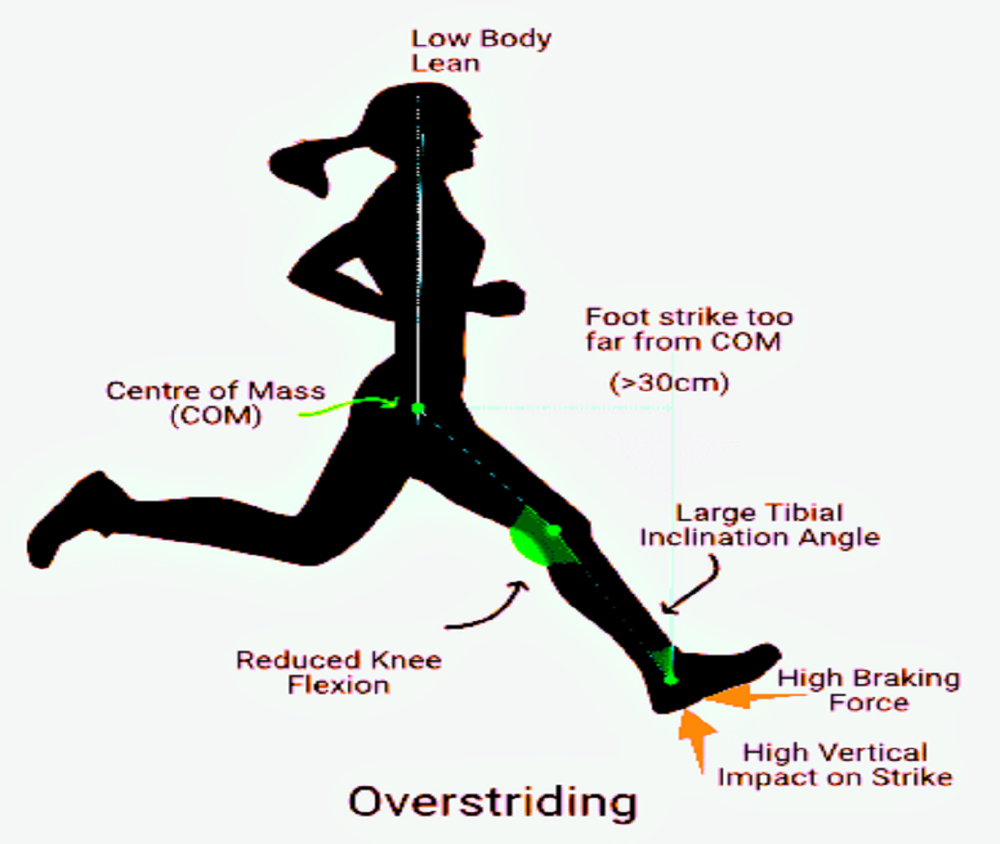
-
Posted By Dr.VishalMandlewala
-
-
Comments 0
Introduction:
For dedicated runners, being sidelined by an injury can feel like a frustrating and challenging setback. Whether it’s a stress fracture, tendonitis, or a nagging IT band issue, navigating the recovery process can test both your physical and mental resilience. However, taking a proactive approach to injury recovery can help you stay sane and maintain your sanity during this temporary hiatus from running. In this blog post, we’ll explore three essential strategies to help you navigate the ups and downs of injury recovery and emerge stronger on the other side.
Focus on Active Recovery:
While it’s tempting to wallow in frustration and lament the miles you’re missing out on, shifting your focus to active recovery can help accelerate the healing process and maintain your fitness level. Embrace low-impact activities that won’t exacerbate your injury, such as swimming, cycling, or walking. These activities provide an opportunity to maintain cardiovascular fitness, improve circulation, and strengthen supporting muscles without putting undue stress on the injured area. Additionally, consider incorporating targeted strength training and flexibility exercises to address any underlying weaknesses or imbalances that may have contributed to your injury.
Cultivate a Positive Mindset:
Dealing with an injury can take a toll on your mental well-being, leading to feelings of frustration, disappointment, and even depression. However, cultivating a positive mindset can help you navigate this challenging period with grace and resilience. Focus on what you can control, such as adhering to your rehabilitation plan, staying consistent with cross-training activities, and prioritizing self-care practices such as adequate sleep, nutrition, and stress management. Practice gratitude for the progress you’ve made so far and maintain faith in your body’s ability to heal and recover. Surround yourself with supportive friends, family, or fellow runners who can offer encouragement and perspective during this time.
Set Meaningful Goals and Milestones:
While your primary goal may be to return to running as soon as possible, setting smaller, more achievable goals and milestones along the way can help maintain motivation and keep you focused on progress. Whether it’s improving range of motion, increasing strength and stability, or achieving a new personal best in a non-running activity, celebrate each milestone as a testament to your resilience and determination. Consider exploring new interests or hobbies outside of running that align with your values and passions, whether it’s volunteering, learning a new skill, or pursuing creative endeavors. Remember that injury recovery is a journey, not a race, and every step forward, no matter how small, brings you closer to your ultimate goal of returning to running stronger and healthier than before.
Conclusion:
While being sidelined by an injury can be frustrating and challenging, it’s also an opportunity to practice patience, resilience, and self-care. By focusing on active recovery, cultivating a positive mindset, and setting meaningful goals and milestones, you can navigate the ups and downs of injury recovery with grace and determination. Remember that setbacks are a natural part of the journey, and each obstacle you overcome only serves to make you stronger and more resilient in the long run. Keep the faith, stay patient, and trust in your body’s ability to heal and recover.














